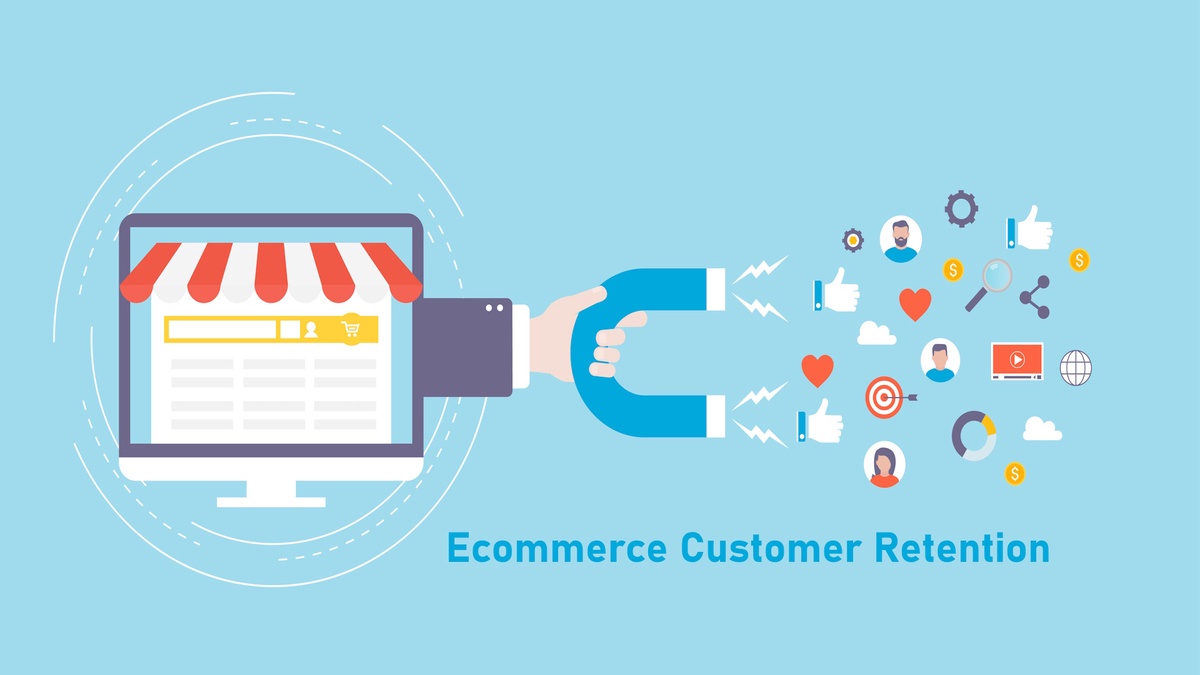In today's rapidly evolving digital landscape, the concept of an omnichannel experience stands at the forefront of e-commerce innovation. This approach, transcending the traditional boundaries between physical and online retail, offers a holistic shopping experience that seamlessly integrates various customer touchpoints. Understanding the omnichannel experience's definition and significance is crucial in meeting and exceeding the modern consumer's expectations, which have drastically shifted towards a demand for fluidity, convenience, and personalized interactions across all platforms.
Understanding Your Audience
The foundation of a successful omnichannel strategy lies in a deep and nuanced understanding of your target audience. Knowing your customers' preferences, behaviors, and pain points enable businesses to craft tailored experiences that resonate on a personal level. Employing sophisticated tools and techniques to gather consumer insights—such as analytics, customer feedback, and social listening—can unveil hidden opportunities and pain points, setting the stage for a truly integrated shopping experience.
Key Components of an Omnichannel Strategy
At the core of an effective omnichannel approach are several essential elements:
- Inventory Management: Real-time visibility into inventory levels ensures that customer expectations are met, reducing the risk of stockouts and overstocking.
- Customer Service: Providing consistent, high-quality customer support across all channels enhances trust and loyalty.
- Personalization: Leveraging customer data to deliver personalized content and recommendations.
- Mobile Optimization: Ensuring a seamless, responsive experience across mobile devices.
- Marketing Integration: Aligning marketing efforts and messaging across all channels to create a cohesive brand experience.
- Data Integration: Connecting data from various touchpoints to gain a holistic view of the customer journey.
- User-Friendly Interface: Designing a user-friendly interface that is intuitive and easy to navigate, allowing for a smooth and seamless experience.
- Automation: Implementing automation tools to streamline processes and improve efficiency.
- Cross-Channel Consistency: Maintaining consistency in branding, messaging, and user experience across all channels.
- Testing and Optimization: Continuously testing and optimizing the omnichannel strategy to improve effectiveness and address any pain points.
Central to these components is the role of technology in orchestrating a cohesive environment where each element operates in unison, not isolation.
Challenges in Creating an Omnichannel Experience
E-commerce brands often encounter hurdles like data silos and channel integration difficulties, which can disrupt the customer experience. Overcoming these challenges demands a strategic blend of cross-departmental collaboration and leveraging cutting-edge software solutions that facilitate seamless data flow and integration across all customer engagement points. Additionally, the increasing demand for personalized experiences and the constantly evolving nature of technology further add to the complexity of achieving a successful omnichannel approach. However, with the right tools and a well-defined strategy in place, businesses can bridge these gaps and create a truly integrated omnichannel experience for their customers. This not only enhances the overall customer experience but also drives brand loyalty and increases revenue.
Implementing Omnichannel Solutions
Building an omnichannel strategy from scratch is a step-by-step process that begins with aligning your business objectives with customer needs. It involves selecting the right technology stack, fostering a culture of innovation, and continuously iterating based on feedback and data analytics. Robust Ecommerce Solutions play a pivotal role in this process, offering the tools needed to integrate multiple channels into a cohesive ecosystem. These solutions not only enable data sharing and real-time communication among different channels but also provide valuable insights for personalization and optimization. With the right technology in place, businesses can streamline their operations, deliver a seamless customer experience, and stay ahead of their competition in today's digital landscape. So, whether you're a small startup or a large enterprise, an effective omnichannel strategy can help you achieve your business goals and drive success in the ever-changing world of technology. Keep reading our style guide for more tips and best practices on how to excel in software development and IT outsourcing.
Measuring Success in Omnichannel E-commerce
To accurately measure success in omnichannel e-commerce, organizations must focus on both traditional performance metrics and innovative strategies that reflect the evolving digital landscape, particularly in the domain of eCommerce customer retention. A critical metric, customer retention, is directly influenced by the effectiveness of an omnichannel strategy, as it reflects the ability of a brand to offer a seamless, engaging, and consistently high-value experience across all platforms. This necessitates the incorporation of advanced analytical tools and customer relationship management software that facilitate the tracking of customer interactions, preferences, and feedback across every touchpoint. By analyzing this data, businesses can refine their strategies to enhance personalization, optimize customer journeys, and ultimately, boost eCommerce customer retention rates. Furthermore, leveraging insights from customer retention metrics enables businesses to predict future buying behaviors, customize marketing efforts, and allocate resources more efficiently, thereby securing a competitive edge in the dynamic digital marketplace.
Conclusion
In conclusion, the strategic implementation of an omnichannel approach in e-commerce is not merely a trend but a fundamental shift in how businesses engage with their consumers in the digital era. The integration of comprehensive analytical tools and customer relationship management systems is instrumental in harnessing the full potential of omnichannel strategies to elevate customer retention rates. It empowers businesses to deliver a unified, personalized shopping experience across all channels, fostering brand loyalty and driving sustainable growth. As we move forward, organizations that adeptly adapt to these evolving digital commerce paradigms will not only thrive but also distinguish themselves as pioneers, leading the way in customer satisfaction and retention. Thus, investing in advanced omnichannel solutions is not an option but a necessity for businesses aiming to achieve excellence and maintain competitiveness in the bustling digital marketplace.


No comments yet